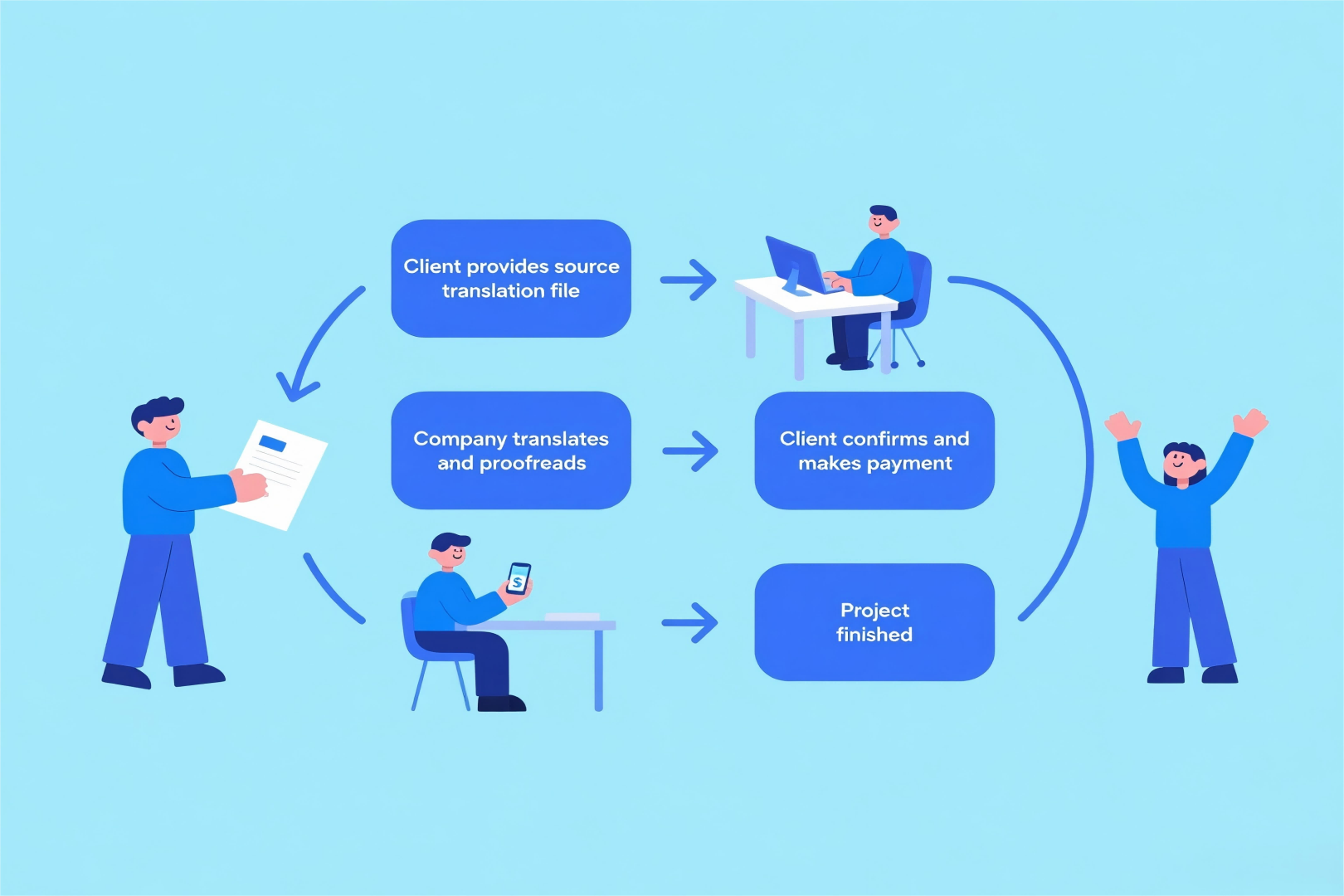Artlangs is able to provide the most precise and in-context translation services with ultra productivity in a range of widely spoken languages across the globe, which include but are not limited to: Arabic, Asturian, Bengali, Bulgarian, Burmese, Catalan, Chinese Simplified, Chinese Traditional, Croatian, Czech, Danish, Dutch, English, Estonian, Finnish, French, Georgian, German, Greek, Hebrew, Hindi, Hmong, Hungarian, Indonesian, Italian, Japanese, Kazakh, Khmer, Korean, Lao, Latvian, Lithuania, Malay, Malayalam, Norwegian, Persian(Farsi), Polish, Portuguese, Romanian, Russian, Serbian, Slovak, Slovenian, Somali, Spanish, Swedish, Tagalog, Tamil, Thai, Turkish, Ukrainian, Urdu, Uzbek and Vietnamese.















